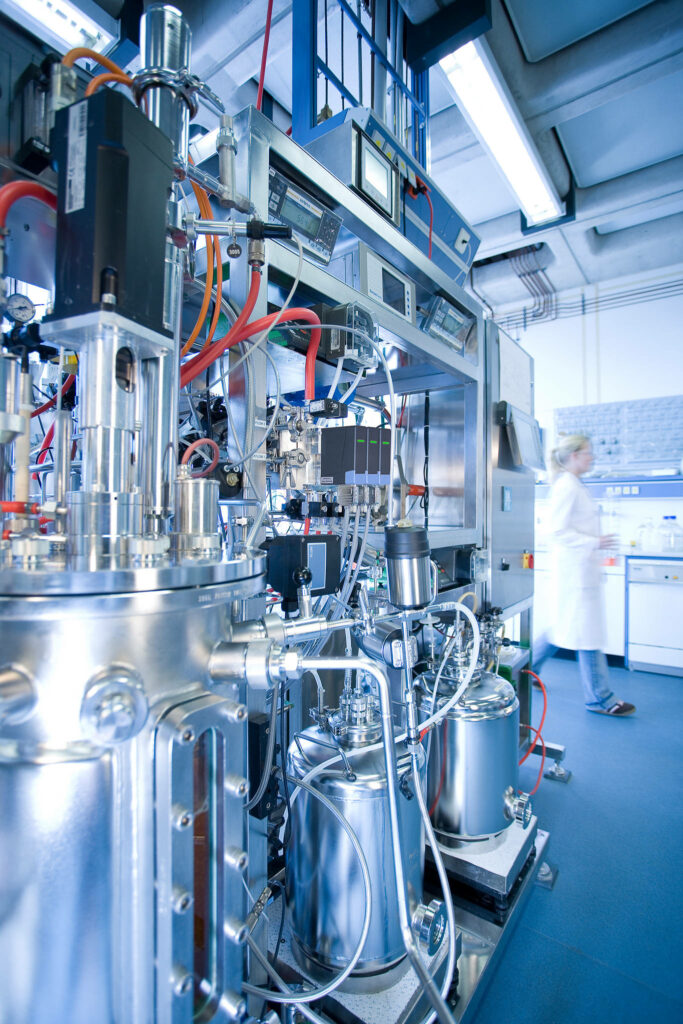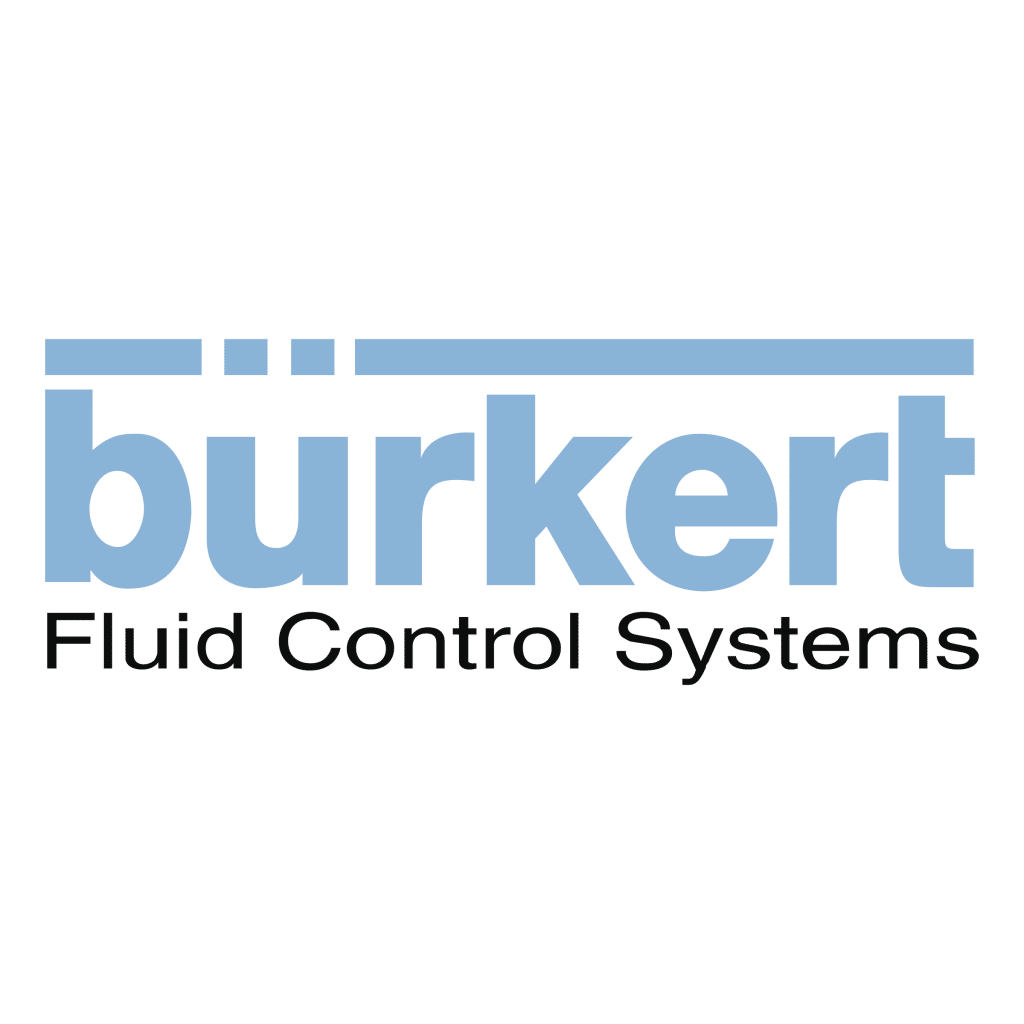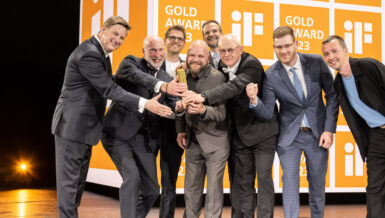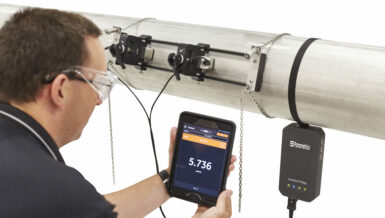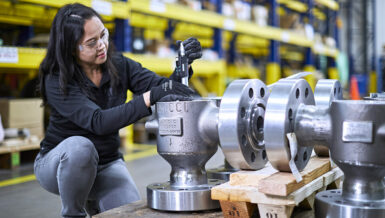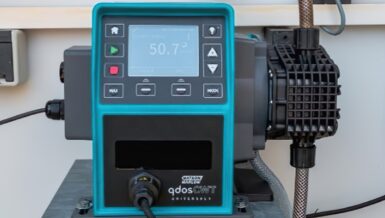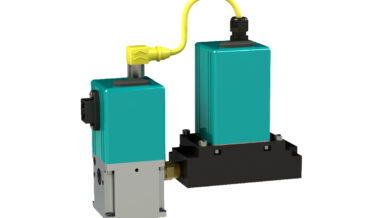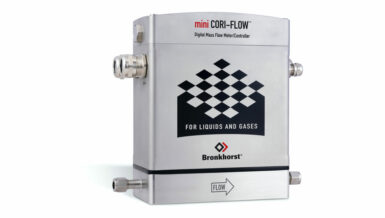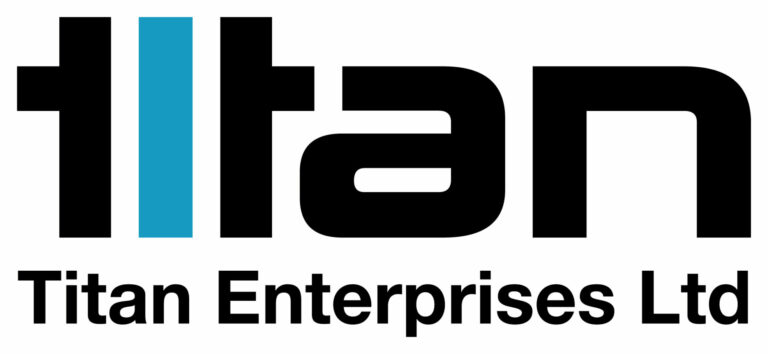Kieran Bennett, Industry Account Manager for Food & Beverage applications at Bürkert, discusses the importance of bioreactor controls for scaling-up cultivated meat production.
Cultivated meat, produced by growing animal muscle cells, has the potential to revolutionize global nutrition. This ‘new food’ could remove primary ethical concerns surrounding animal care, and help reduce global warming, as well as minimise wider environmental challenges as a result of intensive farming.
Producing cultivated meat is achieved through cellular agriculture. A sample of cells is obtained from a donor animal by a physically harmless biopsy. Myocyte cells, the most common cells used to produce cultivated meat, are then separated and placed into a medium, such as a microalgae base, which is rich in the nutrients essential to cell reproduction. For the cells to achieve sufficient yield through further growth, maintaining the precise environmental conditions within the bioreaction process is also crucial.
Scaling-up production
One major challenge the new food industry faces is the need to scale-up production. Although the current price of a cultivated meat burger is, theoretically, around €9, this value has decreased significantly since production of the first lab-grown patty in 2013, which reportedly cost nearly €300,000. Growing cultivated meat remains at laboratory scale, and before this new food can reach the supermarket, the cost of production needs to decrease further still.
Companies like Zeta are developing systems for meat and fish cell cultivation that have the potential to increase the scale of production over time. Large-scale bioreactors and fermenters that can efficiently create higher yields are required, and to ensure precise environmental control within these cell cultivation vessels, precision process control is vital.
A crucial factor to ensure that the initial cells multiply is temperature control. If the cells are not incubated at a precise temperature, they will die. Temperature control remains vital throughout the cultivation process to optimize yield, as well as quality. Within the bioreactor, precise gas control is also essential, ensuring the correct inlet of gases such as oxygen, as well as the dissipation of carbon dioxide, and the maintenance of the necessary pH level. A sterile environment is also a prerequisite. Quality, quantity, and safety of production depend on hygiene – and future regulation will hinge on this too.
Valve control
Central to gas and temperature control in cultivated meat production is the valve system. Zeta has developed a cultivated meat system in conjunction with Bürkert’s flow control technology that optimizes fermentation gas dosing. While companies like Zeta are pioneers in this new field, in many respects, the control technology is already well-established. The exact parameters of temperature and gas modulation to optimize cell yield are still in development. However, cultivated meat production is set to involve industrial-scale bioreactors, controlled by systems like those supplied today by Bürkert to the pharmaceutical sector.
Control valves are integral to both the initial cell filtration and separation phase, as well as fermentation, and precision is essential throughout. Zeta, as well as development by the University of Queensland, has used Bürkert’s mass flow controllers to regulate cultivated meat production. These devices control temperature and gas with accuracy down to +/-0.3%, and a deviation in repeatability of just +/-0.1%. Combined with possible flow control volumes as low as 0.005 liters per minute, this assures the accuracy required for large-scale cell production.
While a digital valve system helps to optimize this level of accuracy, it also increases control efficiency, important for scaling-up production while minimizing cost. Typically, an industry-scale bioreactor features three or more mass flow controllers. Bürkert’s system maintains a central control unit that serves as a master over compliant devices, reducing cost and resources in installation and management. The mass flow controllers communicate via Bürkert’s EDIP digital network, which is based on CANopen, the predominant protocol in the automotive sector, chosen for its reliability.
Making the vision a reality
To ensure CIP protocols, material selection and design is fundamental. For hygienic applications, stainless steel is the benchmark, hence its prevalence in the pharmaceutical sector. While this is crucial for gas control, it’s equally important for temperature control, where steam is usually used to regulate a bioreactor. Painted carbon steel valves are sometimes offered as lower-cost alternatives, but stainless steel is the de facto selection, thanks to its higher resistance to corrosion, smoother surface finish, and greater temperature tolerance.
The cultivated meat sector is on the brink of a distinct production increase, and this depends on the ability to transition from lab-scale to industrial-scale development. Valve modulation is integral, and while the precise control parameters are in development, the required technology base exists. Meanwhile, flow control manufacturers like Bürkert continue to fine-tune the process with innovators in this revolutionary new field.
